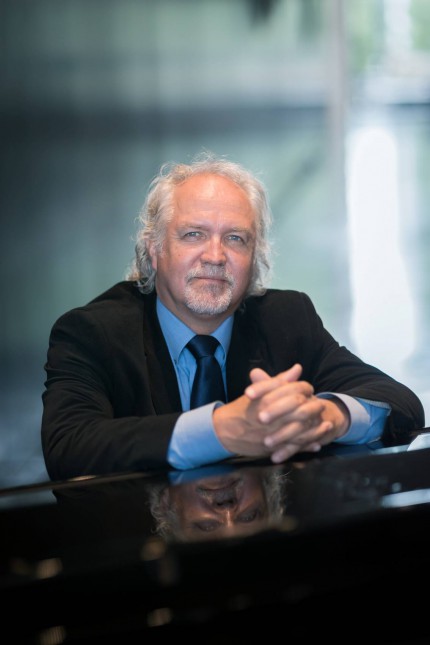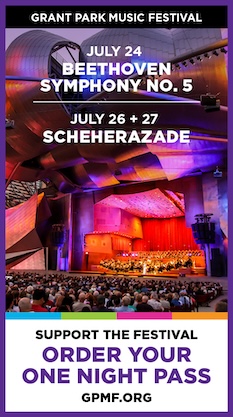Runnicles, CSO team up for inspired program

“From death to life” could be the theme of this week’s Chicago Symphony Orchestra concert led by Donald Runnicles. Thursday night’s program began with two works centered on last things by Benjamin Britten and Richard Strauss.
Britten wrote his Sinfonia da Requiem in the U.S. in 1940 on a commission from the Imperial government of Japan, though the score was rejected for its explicitly Christian movement titles (ironic in hindsight due to Britten’s atheism). Despite bring written at great speed, the Sinfonia is among Britten’s finest works, wholly distinctive in its edgy drama and scoring in three concise, connected movements.
Currently general music director of Deutsche Oper Berlin and chef conductor of the BBC Scottish Symphony, Runnicles is as highly regarded in concert work as in the theater. A rare left-handed podium gun, the tall Scotsman is direct and unfussy in his gestures yet always seem to elicit consistently inspired results from the CSO.
From the sharp, penetrating timpani attack that opens the Sinfonia da Requiem, Runnicles led a lean, dramatic reading with a strong yet flexible grip on the long line. The Lacrymosa unfolded naturally with a grim inevitability, conveying the feel of unsettled dislocation. In the ensuing Dies Irae, the agitated energy was just as jarring with its strident, staccato trumpets. The plaintive threnody first stated by three flutes in the Requiem aeternam aptly conveyed the fragile, searching expression, with Runnicles and the orchestra finding a hard-won degree of solace at the coda.
Richard Strauss’s Tod und Verklärung (Death and Transfiguration) is, of course, an even more explicit depiction of mortal coil shuffling. In his final days, the aged composer wryly commented to his daughter-in-law, “It’s a funny thing; dying is just the way I composed it in Death and Transfiguration.”
Composed six decades earlier, Tod und Verklärung was one of Strauss’s first successful tone poems. The music vividly depicts a dying artist, reflecting the faltering heartbeat, reveries of childhood and youth and eventual moment of death.
Here too, Runnicles led an organic, concentrated performance with superb wind playing even with the section’s deficit of principals (flutist Jennifer Gunn was outstanding in the first chair). The protagonist’s memories of childhood innocence and youthful passions were indelibly painted in a taut, flowing performance, with the moment of death (on tam-tam) and gradual ascent of the transfiguration theme all the more affecting for being handled with restraint.
Theodore Thomas and the CSO gave the U.S. premiere of “Enigma” Variations just two years after its 1899 London premiere, and Sir Edward Elgar’s work was featured this week as another installment in the orchestra’s 125th anniversary season retrospective.
Enigma brought the English composer instant fame at age 42 and launched him on his international career. Elgar’s musical portraits of several eccentric friends, his wife and himself remains inimitable in its freshness, consistently ingenious scoring and wonderfully detailed yet endearing touches.
As he showed in a CSO performance of Elgar’s Symphony No. 1 at Ravinia in 2000, Runnicles is an innate and stylish Elgarian, with a clear handle on the composer’s deceptively challenging idiom. That expertise was immediately manifest in Runnicles’ nuanced yet affectionate rendering of the main theme from which all the variations are drawn.
Each ensuing portrait was vividly characterized, with a wonderfully blustery “W.M.B”, charming and lovable “W.N.”, and notably rambunctious bulldog in “G.R.S.” Runnicles built “Nimrod” from its hushed opening bars to a deeply expressive nobilmente climax that skirted undue sentiment. Elgar’s own self-portrait (“E.D.U.”) was boldly projected, showing the composer in confident and spirited mode and rounding off the performance in rousing fashion, with organ adding to the sonorous impact.
The program will be repeated 8 p.m. Saturday and 7:30 p.m. Tuesday. cso.org; 312-294-3000.
Posted in Performances
